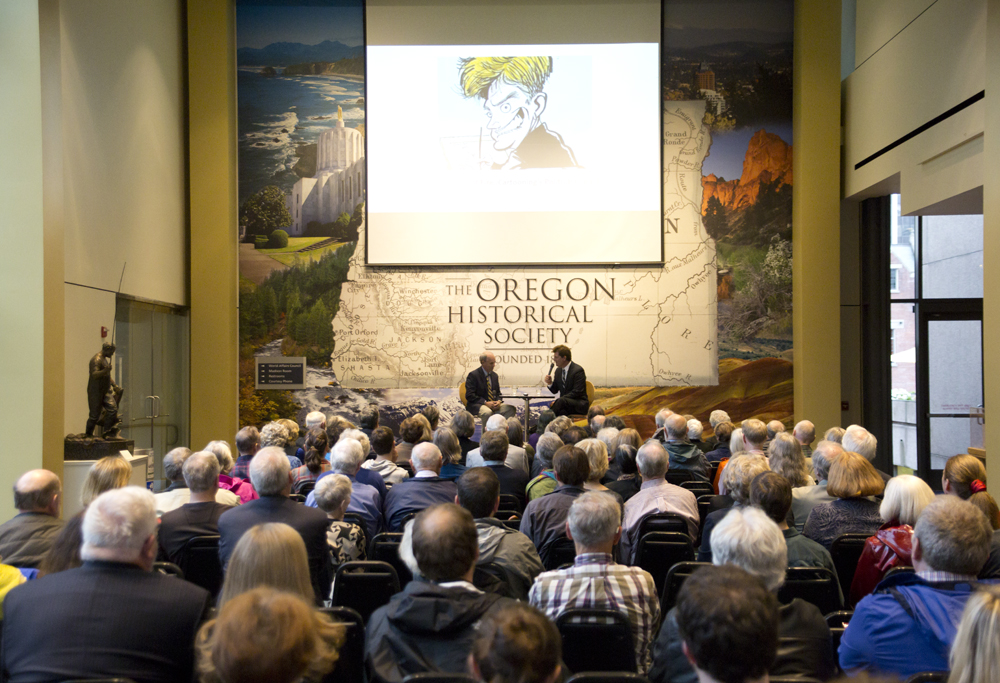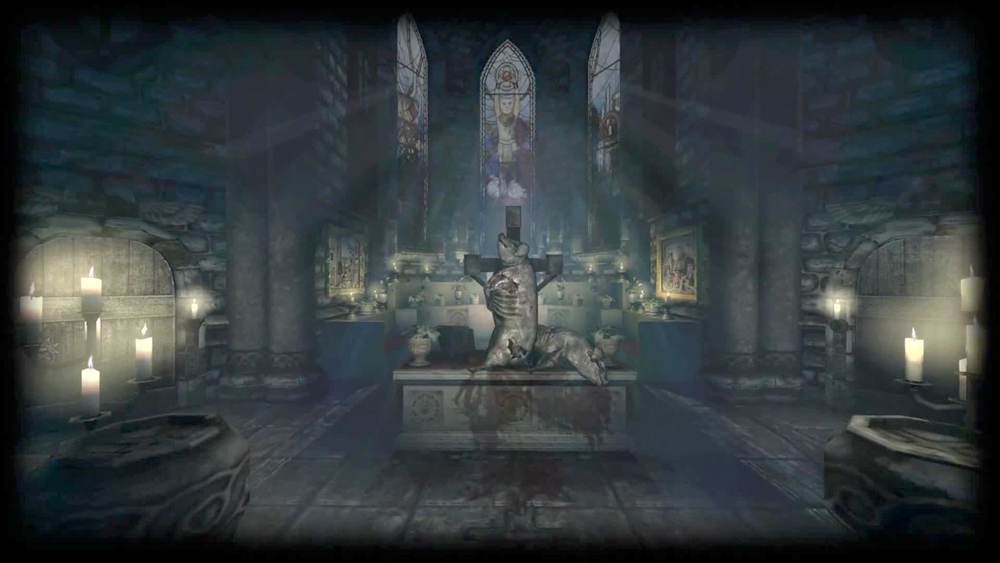The Oregon Historical Society hosted an event titled Line of Fire: Cartooning’s Political Impact on Sept. 29. The event was hosted by The Oregonian’s longtime cartoonist, Jack Ohman, in his first public appearance in Oregon since his move to The Sacramento Bee in 2013.
Ohman, a Portland State alumni and politics and history buff, spoke to commemorate the 50th anniversary of the Gulf of Tonkin Resolution and to celebrate the legacy of Oregon Senator Wayne Morse.
In 1964 Morse was just one of two senators to oppose the Gulf of Tonkin Resolution, which gave President Lyndon B. Johnson authorization to use armed military forces in Southeast Asia without a formal declaration of war from Congress. Morse predicted that the resolution would lead to escalation of combat, and it did ultimately result in the Vietnam War.
Over the course of his political career, Morse collected upwards of 150 political cartoons featuring himself in various lights. Ohman said that he frequently receives requests for original cartoons from the politicians he caricatures. Politicians are not always his doting fans, though.
Ohman recounted an instance last year in which Gov. Rick Perry called for his firing following a cartoon about the fertilizer plant explosion in West, Texas.
“It was my first real exposure to the power of the Twitter-sphere, the explosive, viral nature of the culture,” Ohman said. “A couple of days later, just on CNN.com there were 10,000 comments on the story. The Twitter feed on it was unbelievable, apparently you can threaten to murder people on Twitter and get away with it.”
This begs the question, what is political cartooning’s place in contemporary culture? Shannon Wheeler, a visiting professor at PSU and creator of the Too Much Coffee Man comic strip series, taught an introductory comic illustration class this past summer. Wheeler said he noticed common influences in his students’ work.
“They were up on pop culture. Politics were less important to them,” Wheeler said. “Societal issues regarding feminism and racism were important, and toward the end of the semester started showing up in their work. As they got more comfortable expressing themselves with comics they became more ambitious with their content.”
Editorial cartoons of all kinds draw attention, inciting both entertainment and indignation. Especially appealing to our image-filled culture, they can divulge a lot with few words. Humor and current events mingle to result in a cartoon that, in some way, strikes a chord.
“When art does what it should there’s a feedback loop,” Wheeler said. “It takes inspiration from current culture and turns around to influence it. If nothing else, art helps prioritize events. The football player incidents might have been swept under the rug in the ‘70s or ‘80s—when it’s the subject of cartoons it’s harder to ignore.”
However, political cartooning is not the industry it once was. When Ohman first began cartooning professionally in the ‘80s, political cartoonists were plentiful. Some publications even had multiple. Today, there are a quarter of that.
In light of an especially problematic and gruesome summer, domestically and abroad, political cartooning is capable of both alleviating and exacerbating tensions. A cartoon depicting the comical birth of Chelsea Clinton’s firstborn provided laughs, while Ohman repeatedly risked getting heat from his more provocative cartoon commentaries.
Ohman took questions from the audience after the talk, during which he was asked if there had been an event during his career that he was unable to draw.
“I have yet to draw a cartoon about this beheading,” Ohman said. “Sometimes these things leave you absolutely flat-footed. I could have done one that I didn’t like. They’re so horrible. That guy kneeling there was a very real human being and you’re just going to put ‘U.S. Foreign Policy’ on it?”
“I just couldn’t go there on this one,” he said.






